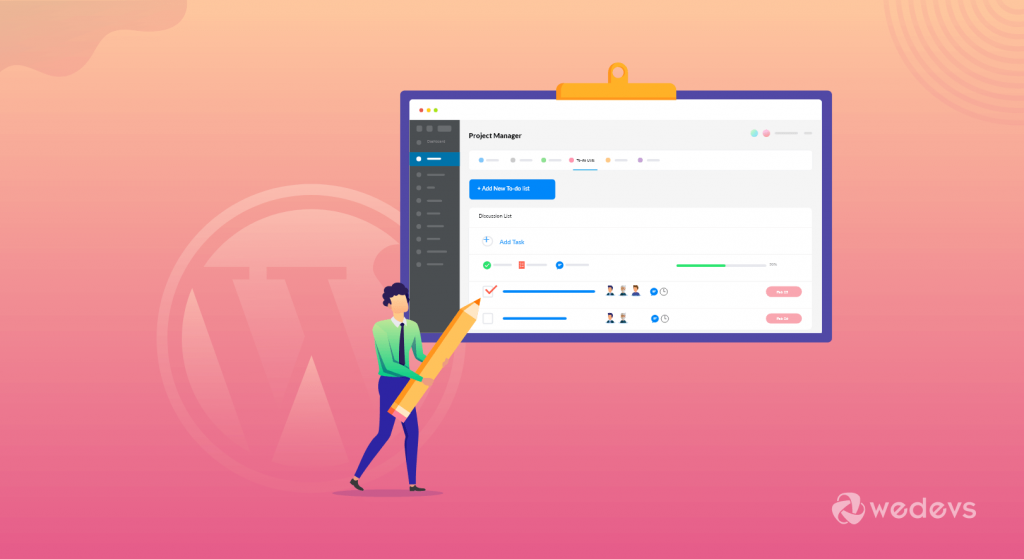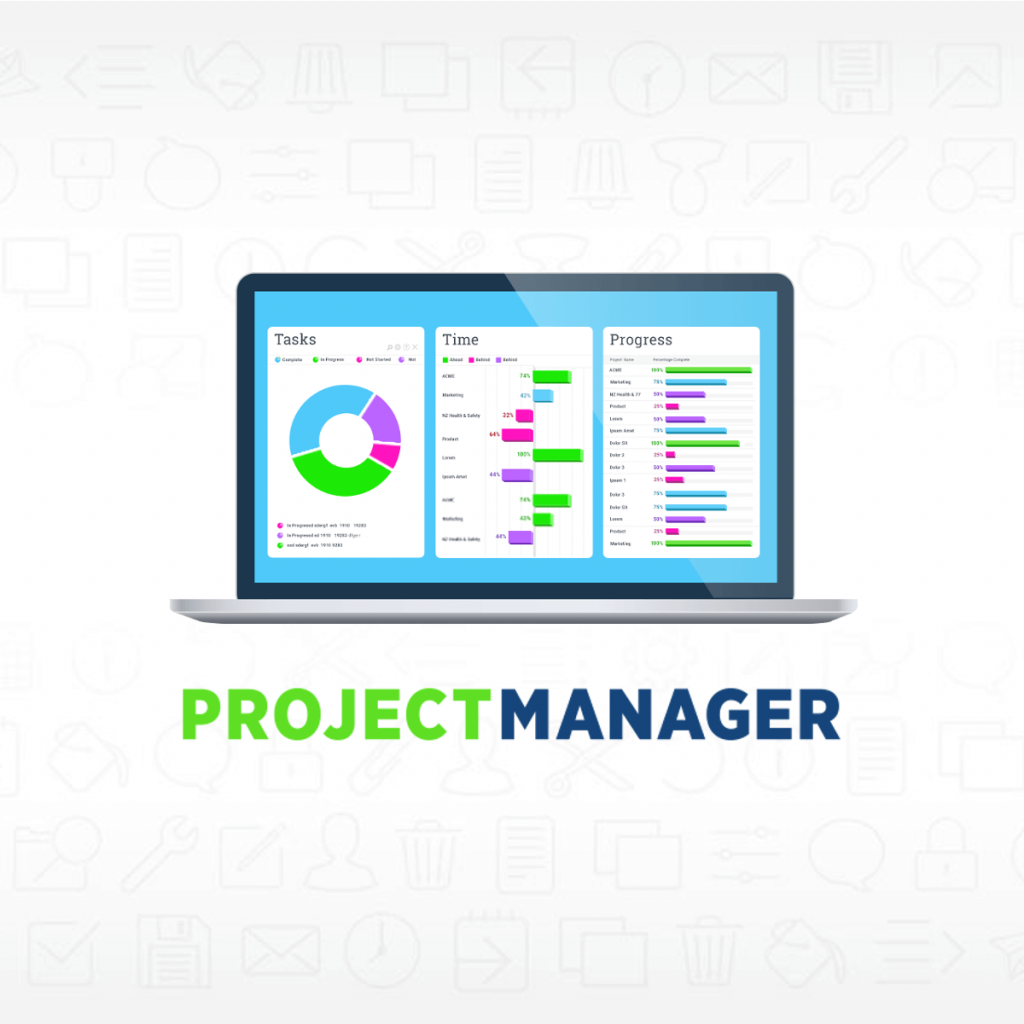
WP User Frontend Year in Review 2020
The whole world is still in an indiscriminate situation for the outbreak of COVID-19. Every sector of the industry is trying to cope up with the circumstances.
In this pandemic, WordPress business owners have suffered. Especially, plugin and theme sellers (developers). Many of them have faced a big sales drop and they are still fighting with it.
To be on the field and support the developers, Appsero is a remarkable SaaS solution that provides industry-leading tools on the hands of WordPress developers, mostly for free.
Appsero was born to increase the productivity of WordPress developers, and save time and increase sales growth by offering a suite of tools.
In 2020, the new SaaS platform for WordPress developers has built a lot of new features for the WordPress devs Let’s read the Appsero review year 2020.
Why Appsero?
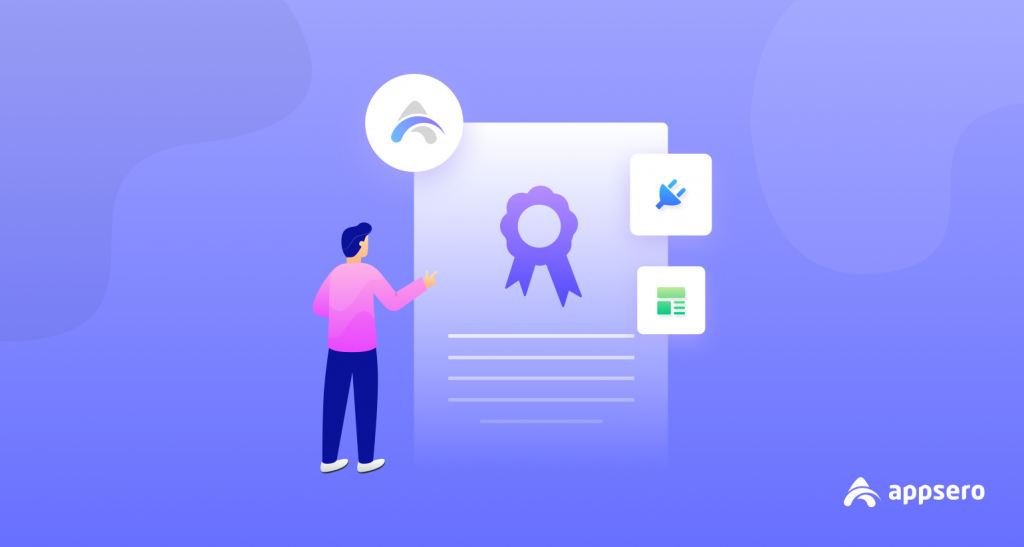
The foremost purpose of this tool is to assist WordPress plugin and theme developers. If you are a developer who doesn’t want to take hassles like License management or want an easy way for fast deployment along with a suite of data analytics features – Appsero is just the right solution for you.
Appsero offers a slew of features that helps WordPress theme and plugin developers
- Automatic and continuous deployment.
- Complete license management (Whether you’re using EDD/WooCommerce/or payment gateways like FastSpring/Paddle/Envato)
- Getting deactivation data analytics
- Get a full picture of the current situation of your software.
- Integration with the most popular plugin selling platforms
- (EDD, WooCommerce, or Envato).
- Know the language preference of your clients.
- Server details
- Comparing data with previous range & more
In a nutshell, Appsero is built to eliminate the guesswork of a WordPress developer and assist them in developing new features by focusing on what’s really important. After using Appsero, a developer doesn’t need to worry about other managerial works.
Now check out how we have passed the LONG 2020.
How 2020 Starts for Appsero
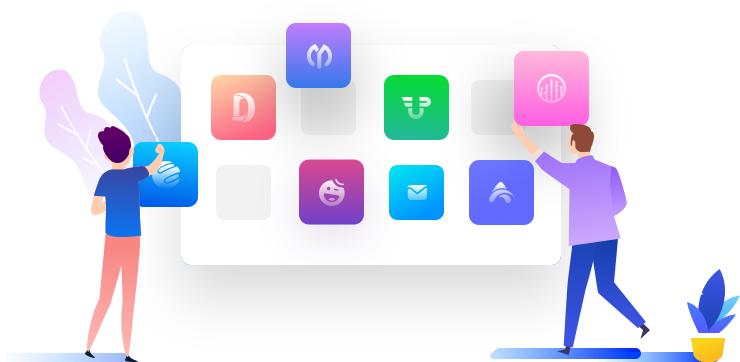
2020 is the starting year of Appsero . We laid the foundation of Appsero (the server/architechture) in 2019 but 2020 is the year where things started coming together.
Q1, 2020
We started the full development on Appsero and took a milestone to launch the beta within March. For that, we had to solve many user-centric problems like creating an onboarding process, making the onboarding process easier with product planning, licensing, deployment, and other stuff.
After covering most of the bugs, and a proper onboarding process – we launched Appsero as Beta to public users in April 2020. We focused largely on the testing part in February & March to make sure users have a great experience.
Q2, 2020
The launch of Beta version opened up our voice to new users. We started communicating and found a lot of cosmetic bugs/usability issues. We started fixing all of them.
Next, we focused on adding Payment gateways. We introduced the FastSpring payment system to Appsero in the next month and updated the onboarding process to reflect the changes. The whole team really worked hard to meet the release deadline of the updates.
Besides these, We finished a better integration workflow, new sign-up & sign-in pages, notification system’s initial development during March. Moreover, fixed and deployed a few more enhancements.
FastSpring Integration for General Users
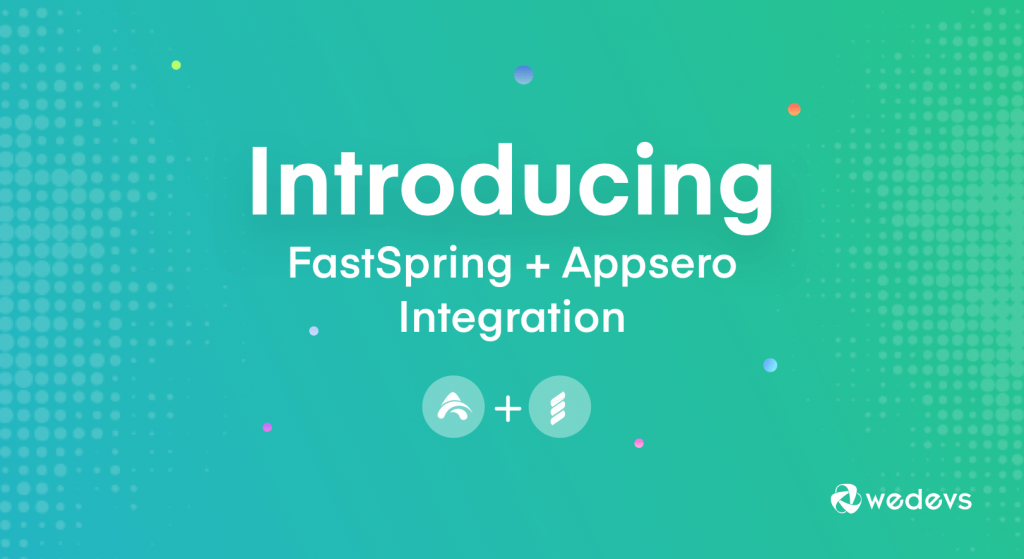
The big pressure we felt while releasing FastSpring integration to general users. Though we have done it very well. Besides that, Appsero got a few new landing pages and proper documentation of new features. We started publishing blogs regularly and sent email newsletters, and published videos help us to reach the maximum number of customers.
Q3 2020
After that, we concentrated on new feature development of the Appsero. We built, tested a deployed a lot of new features in Q3. Some of them are,
- Notification center
- Help Scout integration
- Interactive release page
- Some cosmetic changes
- Finalize the pricing
- GitLab integration
- Help Scout integration
- Notification center
- User Billing
The notification center and user billing took most of our time.
Development of User Billing
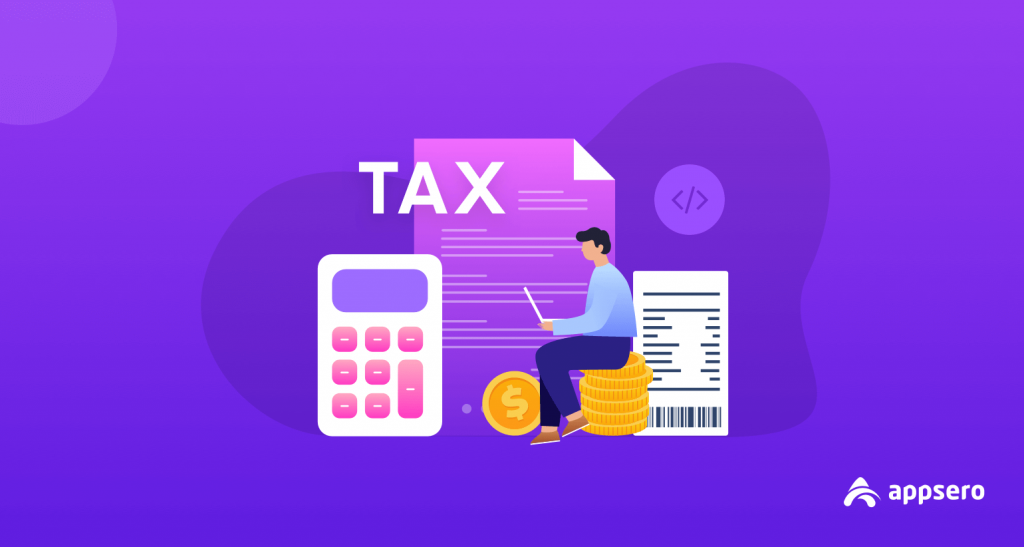
Our next focus on the initial development of user billing. Here, our team has centered largely on research and development on Appsero billing architecture, database designs, mockups, etc. Plus, we had fixed bugs that were created from the last release.
We released a few features including the push to deploy status, improvements on Appsero Helper, & bug fixes. Apart from that-
- Design of the billing page & pricing page from the dashboard was done.
- Pricing plan, team subscription management, billing history, payment
- Method etc billing related tasks are in development.
- Feature to generate missing license from artisan command
- Fix unknown order from credit card, lifetime license display, Email settings under each plugin, Push to Deploy Status
All features had proper documentation, a release blog, email newsletter, and video to reach the maximum number of customers. For the first time – we did extensive system tests before releasing. And, it goes very successfully.
We covered some test scenarios. 7 of the test scenarios were failed due to bug issues. They are,
- License generate reconnection issue
- In the case of bank transfer, the license generates issues.
- For card payment, license generate issues
- Edd platform license generate issues
- Without reconnect, the license and file not appearing issue.
- The product was not visible in the WooCommere addon issue.
- Integration issue with staging site issue
But no worries, we had sorted all of them later.
Q4, 2020
Developing the System Architecture and Integration with Paddle
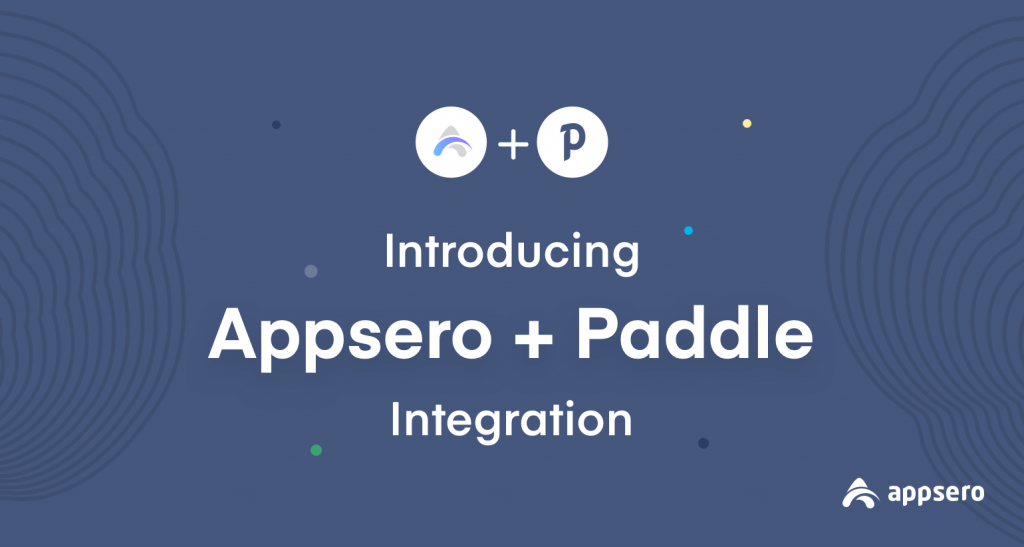
We continued working on our billing and finally introduced Appsero premium in August 2020. And we planned and solved many issues in UX, system architecture, user workflow, testing, billing, etc. The full system got thorough testing before release.
We also introduced another payment integration, which is Paddle integration, skip data collection, dummy analytics data, fix Envato issue, team member role edit, EDD, and WooCommerce onboarding page update.
To make everything perfect the team made a checklist and solved features like
- Package Management (Only upgrade)
- Add coupons and coupon validation
- Create a team subscription
- Create user production subscription
- Adding VAT/TAX while adding billing
- Search & export on the customer page
- Skipped Deactivation Data
- New Billing UI with Coupon restriction
Big Data Transition & Insightful Analytics
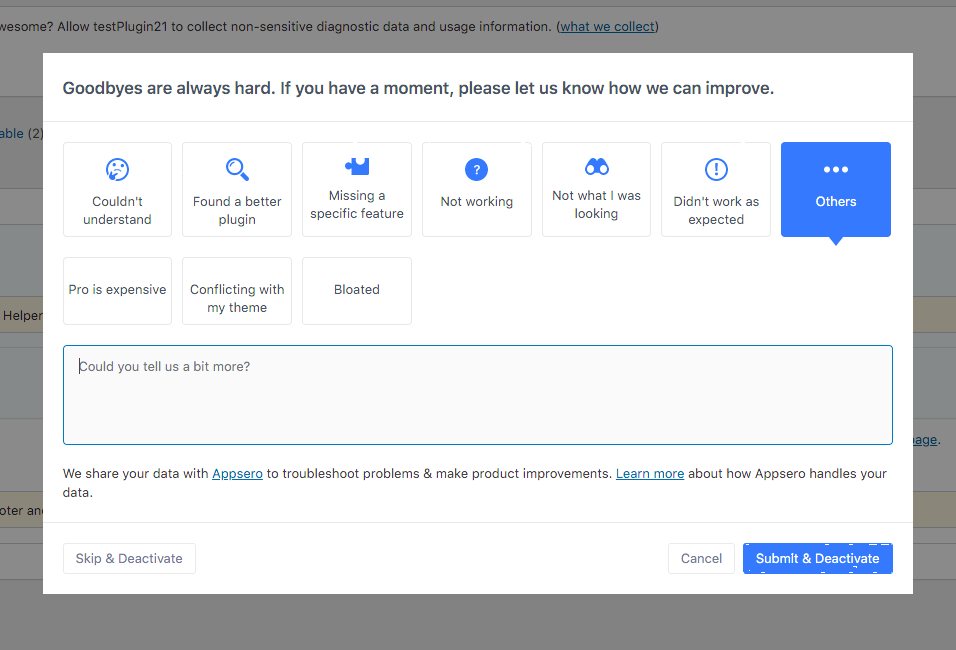
One of our main focus in Q4 was to move our data in a way so that we are infinitely scalable.
Next, we started R&D on BigData & meanwhile introduced custom deactivation reasons
We introduced a new Get Started page that helps users to quickly get started and also introduced a new license UI and deactivation UI.
Then we started working on actionable insights inside the dashboard. We made data exports a premium feature via Google Cloud.
That was a glance at what we have done through 2020.
Features Got Added in 2020
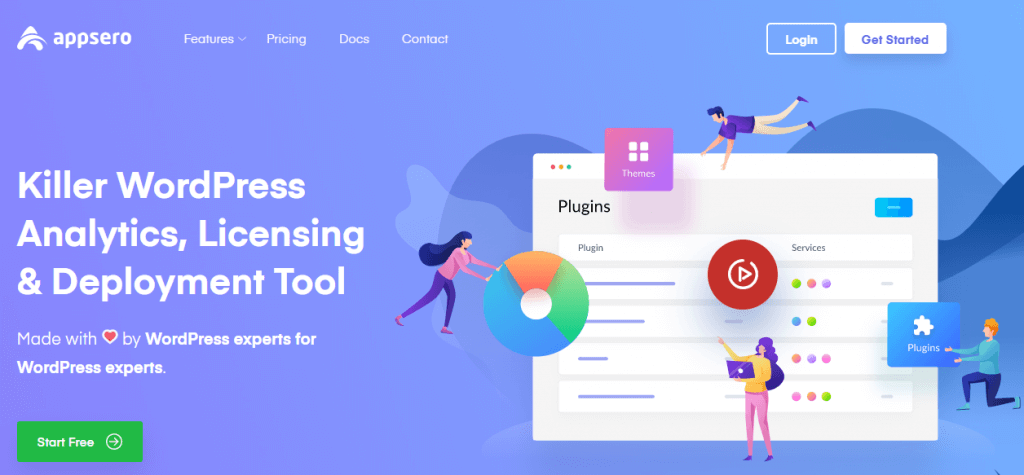
2020 is the developing year for Appsero. This year, we have added lots of features and each of them is successful. Let’s check out them.
1-Click Automatic Updates
Managing automatic updates for premium software is certainly hard. Automatic updates serve hand in hand with your licensing engine. Appsero enables seamless update processes for the premium WordPress plugins or themes.
The fun part is, only customers with a valid license key can receive automatic software updates when you have integrated the Appsero SDK and release updates from Appsero.
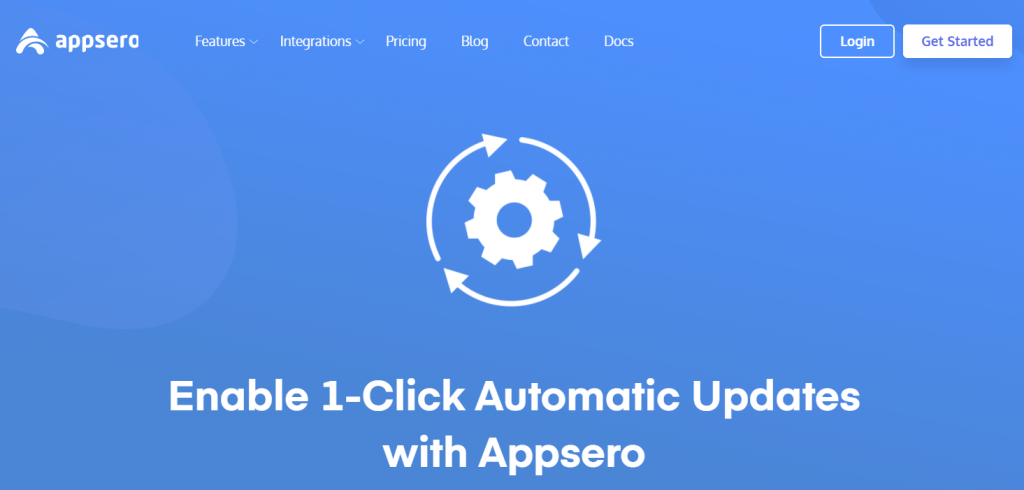
It doesn’t matter where (GitHub, Bitbucket, or Gitlab) you push your product, an automatic update will be pushed out to the customers depending on the release webhooks. And, Appsero helps to rule the continuous deployment without any effort. Isn’t it Cool?
Ultimate WooCommerce Conversion Tracking Review: Looking Back 2020 & What’s We’re Planning for 2021
You may seem worried about
“Is my every user getting the new fixes and improvements?”
Well, Appsero guarantees each of your users will get the update in their dashboard. And, you will know who is updated on which date.
Deactivation Auto Responder
This amazing feature helps to figure out why users are deactivating and how can you fulfill their requirements. So, it captures the exact deactivation reasons of the abandoning users. And, start acting according to them.
Now, it sets & triggers several messages for separate deactivation reasons. Because personal messages can go a long way to be connected and bringing back the leaving users.
So, for notifying you regularly Appsero sends you the regular update on user opt-in and deactivation reports. You can set how often (daily, weekly, or monthly) and when you like to receive these emails.
Hassle-free License Management
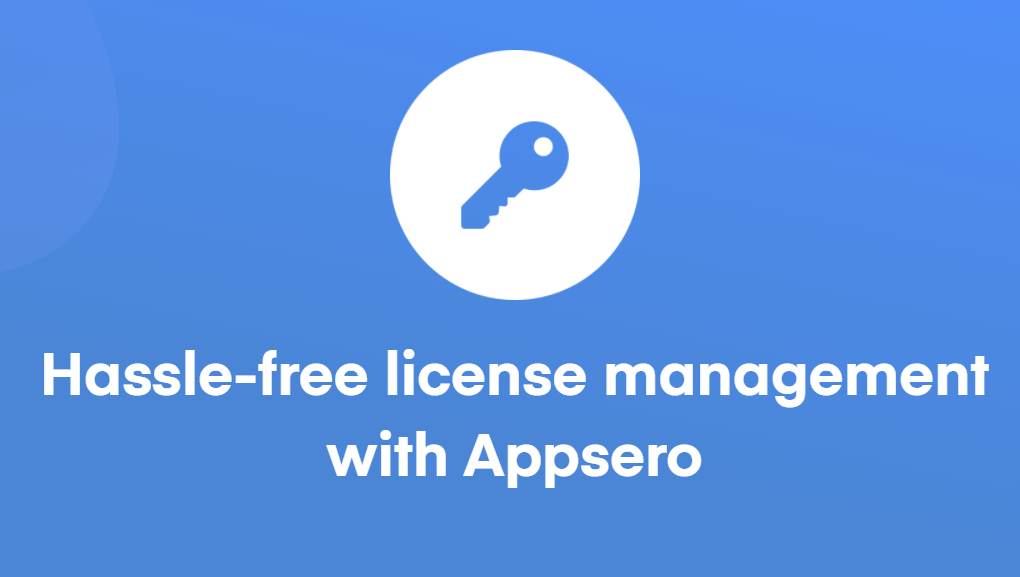
Do you know Appsero SDK is less than 100KB? Well, just clone the Appsero SDK into your project, and add a few lines of code in your main function. So, now you can enjoy all Appsero goodness including
- License management
- Continuous deployment
- Email integrations
- Deactivation data, and more.
Making data-driven decisions will be much easier with Appsero.
Whether you want to sell via WooCommerce, Easy Digital Downloads, Envato, Codecanyon, or FastSpring- Appsero can assist you to offload a lot of tasks.
Wait, when we discuss selling digital products, do you feel anxiety about license management? For you, Appsero has some incredible features.
Appsero facilitates a seamless update process for your premium WordPress plugins or themes.
Once you have integrated with the Appsero SDK and release updates from Appsero, only the valid license key holder will get automatic software updates.
WordPress Analytics
If you want to understand the real-time customer behavior for both your free & premium WordPress themes & plugins, Appsero is the best place for you.
Appsero will let you know who is using your products and how. View activation/ deactivation growth rate and make data-driven decisions for product development.
The amazing part of this feature is, you can find out which WordPress version is favorite to customers. So, now you can make your product more compatible and flawless for that one first.
While you are about to fix the previous issues of your products, know the PHP version, server software usage statistics, and execute better development settlements.
If you don’t know the most preferred language among your customers, how you can relate to them. So, Appsero will show you the number of customers based on language preferences and you can smartly give translation or other locale-based features.
Collaboration without the Chaos
Managing license, checking the insightful data is much difficult for a single person. If you can collaborate with your team members the whole work will be much effortless.
Access management is at your fingertips. Need to just ensure the team is in sync with the perfect amount of information. You don’t need to export certain information for a certain team member. You can set up your team as having a cup of tea. Just pick your team member and cast their roles.
As your team member’s role, they will get access in Appsero, just the way you have set up. They can work collaboratively. Don’t worry, you will have full control over your sensitive data. You will be in the driving seat of your developing product.
Challenges that Got into Our Way During COVID-19
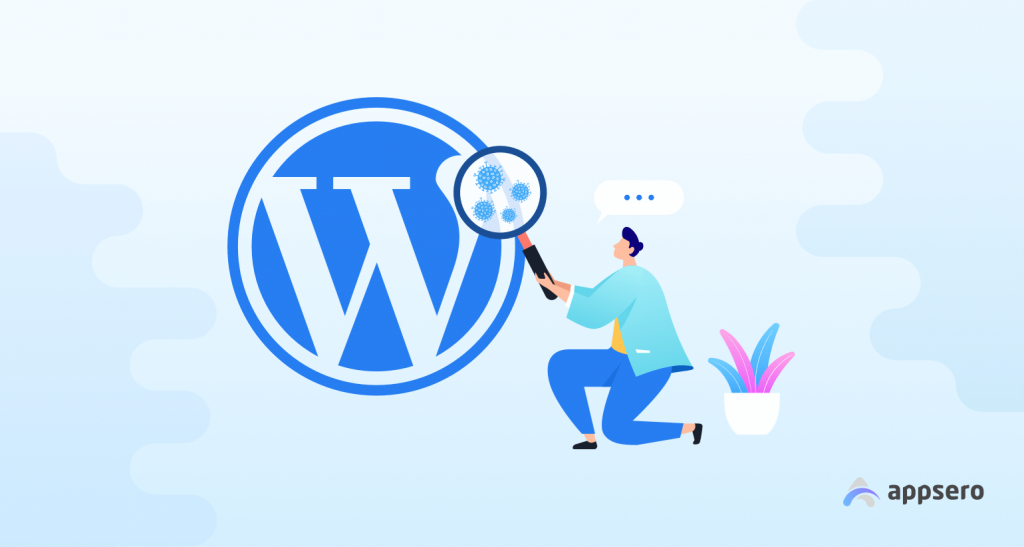
The world will take years to recover from the coronavirus pandemic.
Secretary-General, OECD
For the worldwide lockdowns, global economic crisis. Everything is getting limited as there is no way but to stay at your shed. Tech industries are trying to be activated through different meeting tools like- Slack, Zoom, or Google Meet, to communicate with their team members.
IMF announced that most of the global economies are going to reduce up to 5% in the upcoming year. According to a BBC report,
The US stock market suffered huge losses since the lockdown started. The first three months of the year have never been this worse since 1987.
Appsero couldn’t save itself from this outbreak. The team members and the coordinators have to cope up with multiple challenges. One of them is managing the whole team remotely and merge the structural workflow. Let’s see what more obstacles we have faced till now.
- Shortness of perfect communication software
- Hiring the perfect employees
- Tracking co-workers
- Specifying the tasks and setting work plans
- Feeling disconnected from the team
- Tracking the business milestones
- Getting the progress report, and more
Thus we have used some project management tools for keeping our work balance like before.
Depending on Project Management Tools
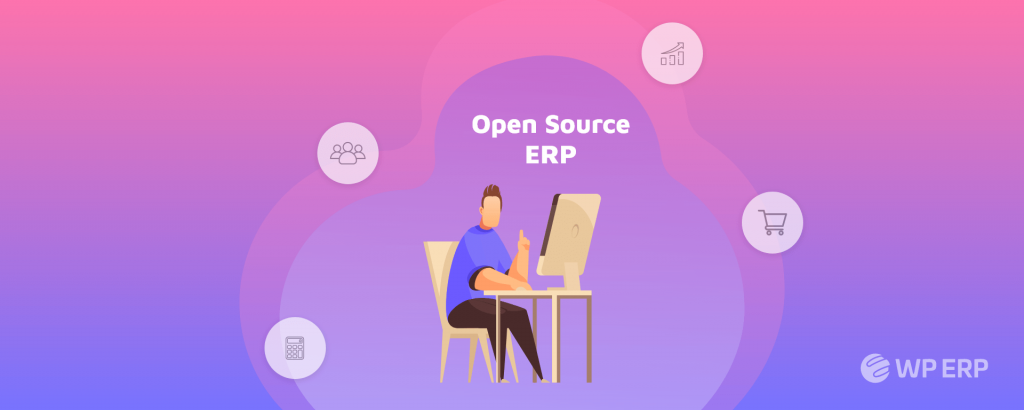
When most of the companies are working from home, they are depending on project management software and cloud-based open-source ERP plugin. These help to balance the remote work.
Why ERP software become more fit these days? Let’s see the reasons-
- Easy to work with management, team lead, and employees.
- Keep things on a track
- Streamlined the workflow
- Managing all the departments is quite effortless
- Core financial and accounting tasks can also be done remotely
Upcoming Features in 2021
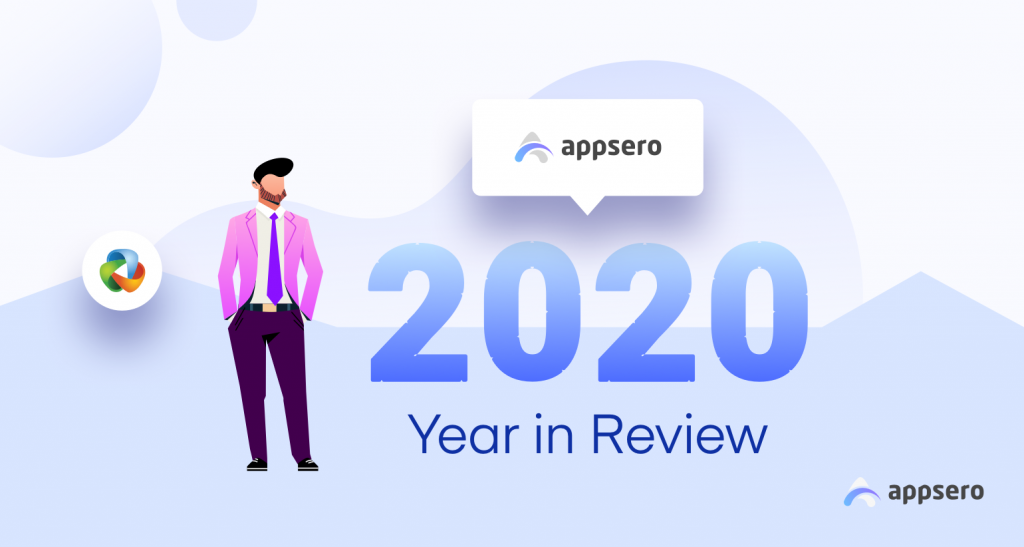
Appsero wants to do several breakthroughs in WordPress product selling. We’re going to add a lot more cool stuff so that developers can start selling in seconds, not minutes. We worked hard to make the big data transition and we’re using the industry-standard cutting edge technologies such as technologies we are utilizing for development:
- PHP, Laravel for most API development
- JavaScript, VueJs, Ant Design for Frontend (SPA)
- NodeJs (ExpressJs) for our build server.
- GoLang on tracking app for faster execution.
- Google Cloud Run and Cloud Functions (Serverless) for auto-scaling.
- Python, Apache Beam, Dataflow for Data Analysis and Data Pipeline
- Google Cloud Storage for storing raw data (JSON, CSV)
- MySQL is our primary database.
- MongoDB for storing unstructured data.
- BigQuery for the data warehouse.
- Redis for caching.
- WordPress Plugins for collecting data and user helper.
- Nginx for the webserver.
We’ll be fine-tuning our big data transition and move all our existing data to BigData. That way, Appsero can scale infinitely with the help of cloud technologies.
Apart from that, we’ll be adding new payment gateways. We are currently working with Gumroad and plan to introduce native Gumroad payment support in early 2021. Apart from that, one of our top requested features is allowing developers to sell via the Appsero payment gateway.
Final Thoughts on Appsero Review Year 2020
We’re doing early-stage research and development for the Appsero payment gateway and plan to launch it by 2020. In the meantime, expect a lot more optimizations, bug fixes, and onboarding improvements.
We also plan to launch competitor analysis of other themes and plugins right from Appsero dashboard so you can always stay one step ahead using keyword tracking, download tracking, a major shift in the growth of your competitors among other things.
Besides, all these – we want to listen more closely to our existing paid and free users. We’ll prioritize their needs and reflect that into our agile development plan.
You can share your opinion on Appsero review this year.
Let Me Check Appsero Now!
Best WordPress Christmas & New Year Deals



